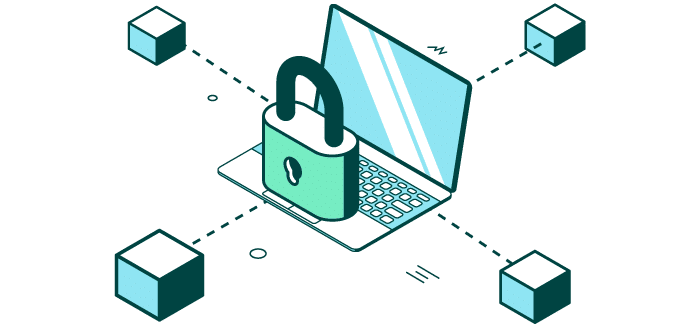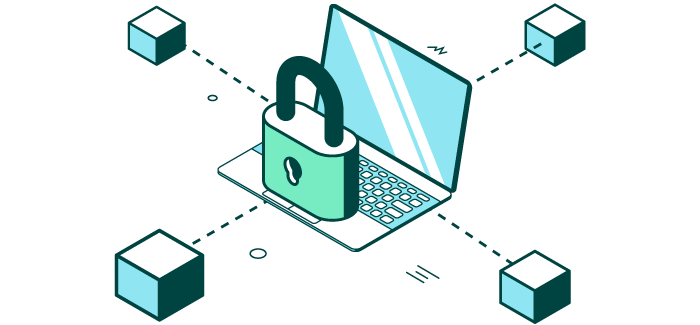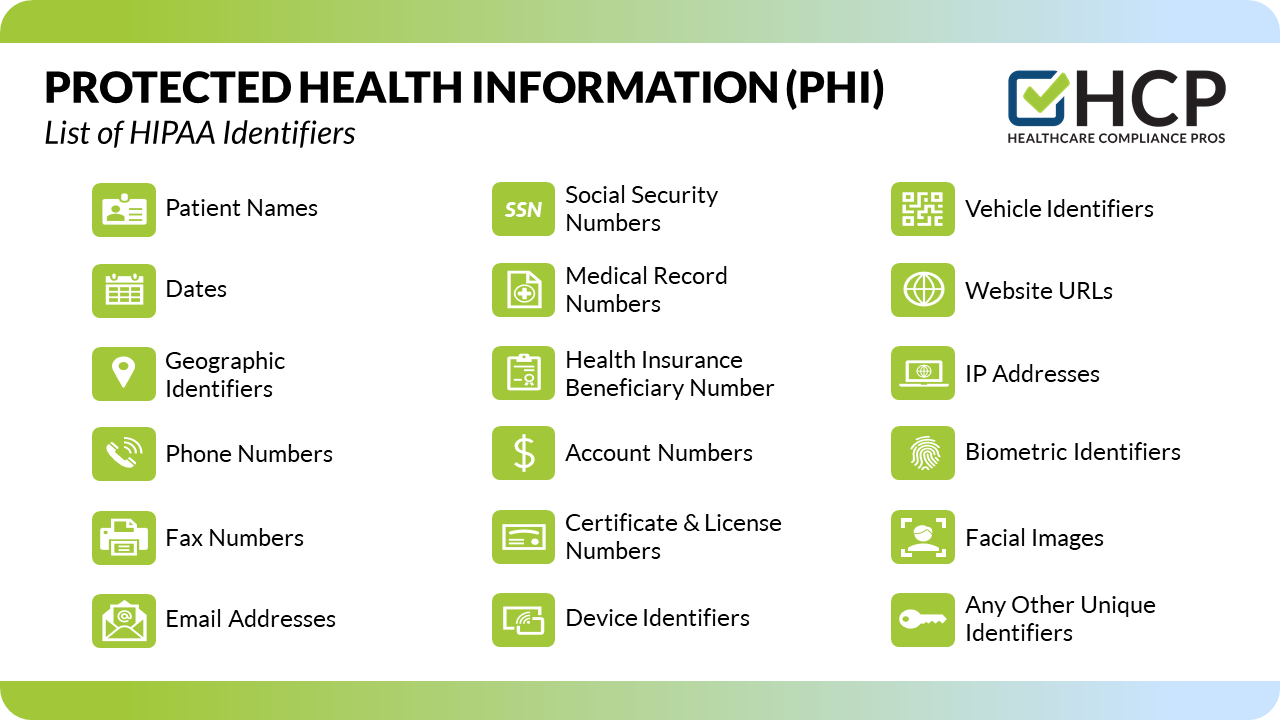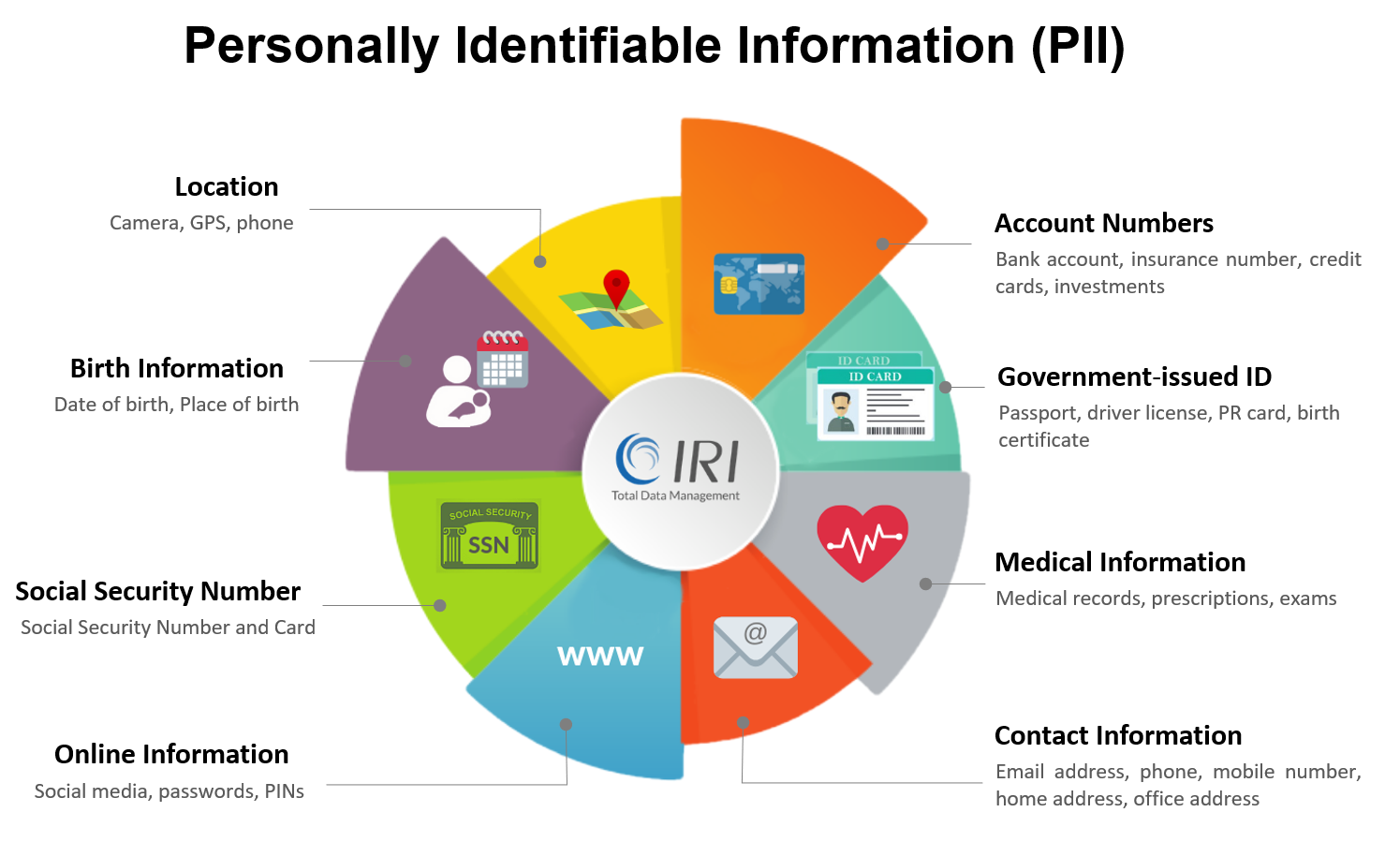What is Data Loss Prevention?
In the digital age, protecting sensitive information has never been more critical. Organizations deal with an increasing amount of data every day, and safeguarding this data is of paramount importance. This is where Data Loss Prevention (DLP) solutions come into play. In this article, we will answer various questions about DLP to provide a clear understanding of its significance and functionality.
What is Data Loss Prevention?
Data Loss Prevention, often referred to as DLP, is a comprehensive strategy and set of tools aimed at preventing unauthorized access, sharing, and leakage of sensitive data within an organization. DLP solutions are designed to protect data at rest, in transit, and in use, ensuring that confidential information remains secure and does not fall into the wrong hands.
How does DLP provide ROI?
DLP solutions can yield a significant Return on Investment (ROI) for organizations. They achieve this by reducing the risk of data breaches, which can result in costly legal consequences, loss of customer trust, and damage to an organization’s reputation. DLP also improves data compliance with regulations such as GDPR, HIPAA, or CCPA, thereby reducing the financial penalties associated with non-compliance. Additionally, DLP helps in reducing data storage costs and improving operational efficiency.
Does DLP actually work?
DLP solutions have proven to be effective in safeguarding sensitive data, but their success depends on how well they are implemented and configured. DLP can significantly reduce the risk of data breaches and leaks, but it is not foolproof. Success depends on a combination of technology, policies, user education, and ongoing monitoring and refinement.
Explain how DLP is flexible/adaptive
DLP solutions are designed to be flexible and adaptive to accommodate an organization’s unique needs. They allow organizations to create customized data protection policies, define what constitutes sensitive data, and adapt to evolving data protection regulations. DLP solutions can also integrate with existing security systems and scale to meet the changing needs of the organization.
Does DLP impair technology usage?
DLP solutions can be configured to balance data security with productivity. While DLP may introduce some restrictions, the extent of these limitations is typically determined by the organization’s policies. With well-designed policies and user training, DLP can minimize disruptions while maintaining data security.
What are the intended internal and external controls?
DLP strategies incorporate both internal and external controls. Internal controls focus on preventing data leaks within the organization and involve monitoring data access and sharing among employees. External controls are designed to prevent data loss outside the organization and may include encryption, email filtering, and secure file sharing.
What is the difference between PHI and PII?
Protected Health Information (PHI) and Personally Identifiable Information (PII) are both categories of sensitive data. PHI refers to information related to an individual’s health or healthcare, often governed by laws like HIPAA (Health Insurance Portability and Accountability Act). PII, on the other hand, encompasses personal information such as names, addresses, social security numbers, and financial details. While they both require protection, PHI is specific to healthcare, while PII covers a broader range of personal data.
How does DLP protect chat communications?
DLP solutions can protect chat communications by monitoring the content of messages for sensitive data. When a message contains potentially sensitive information, DLP can enforce policies to prevent the data from being shared or accessed by unauthorized users. DLP can integrate with various chat platforms, including popular ones like Slack, Microsoft Teams, and others, to ensure that sensitive information remains secure during chat interactions.
In conclusion, Data Loss Prevention (DLP) is a vital component of modern data security. It provides a proactive approach to safeguarding sensitive information, ensures a positive ROI through risk reduction, and can be tailored to an organization’s specific needs while balancing security with usability. DLP is a valuable tool in the ongoing battle to protect data in an increasingly interconnected world.
Contact DAG Tech today and we will help you build a successful and secure DLP Strategy!





